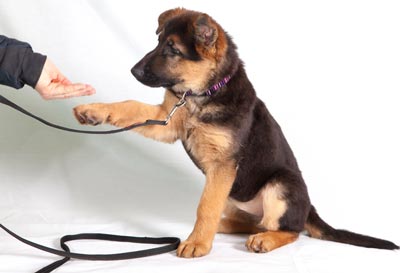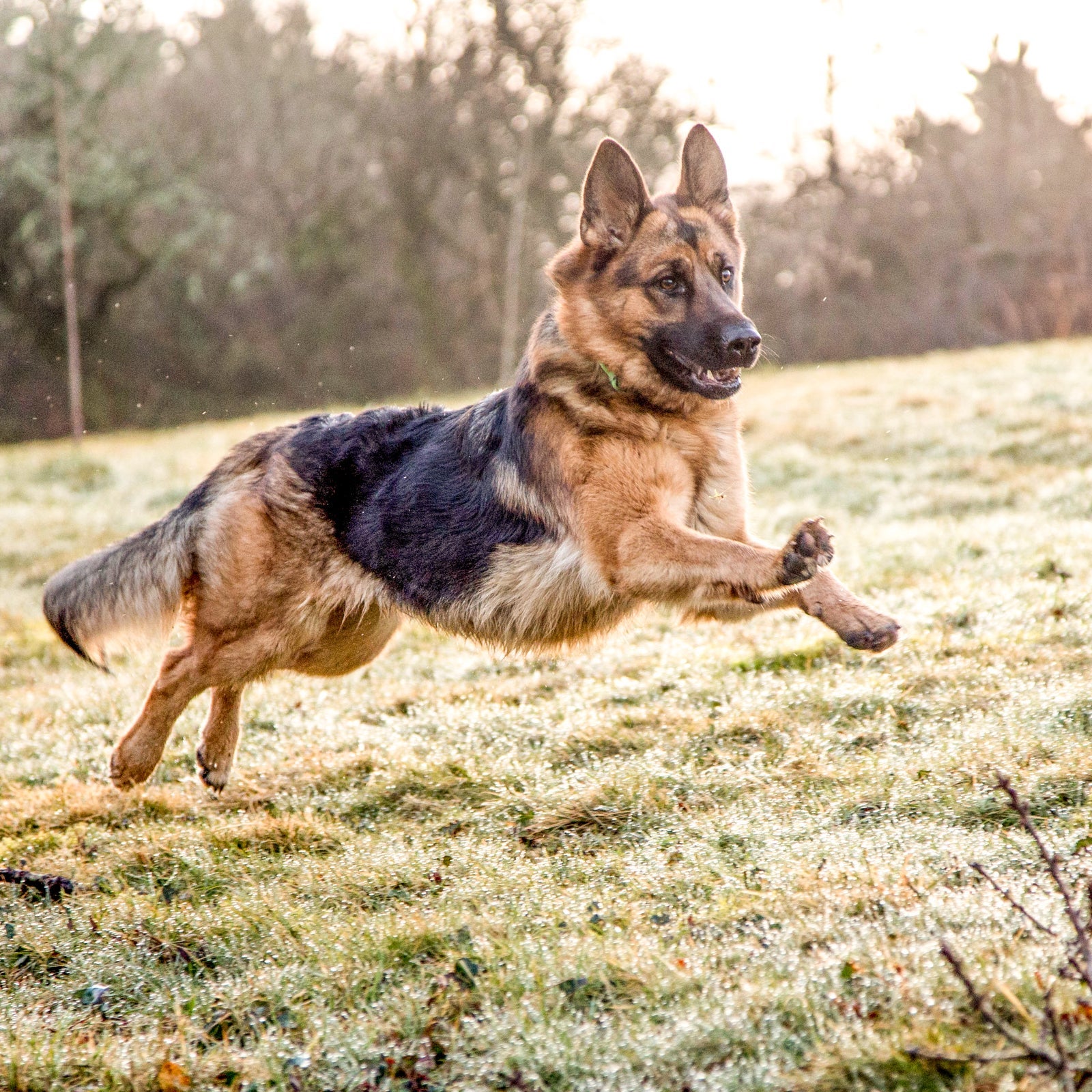Essential Tips for Successful Dog Training: A Guide for Beginners
Essential Tips for Successful Dog Training: A Guide for Beginners
Blog Article
Transform Your Pet dog's Habits With Proven Training Approaches
Transforming your pet dog's habits requires a nuanced understanding of their specific qualities and needs, as well as the application of tried and tested training techniques. Uniformity in your training approach not just improves obedience but additionally promotes a much deeper bond of depend on and respect in between you and your animal.
Understanding Pet Habits
Understanding pet dog habits is essential for reliable training and communication in between people and their canine companions. Pet dogs, as social animals, display a series of habits influenced by genetics, setting, and experiences - Dog training. Acknowledging these actions assists owners tailor their training approaches to fulfill the particular demands of their canines
Key elements of pet habits consist of body movement, articulations, and social interactions. A wagging tail often indicates enjoyment, while a decreased head may signal submission or fear. Comprehending these signals can aid owners interpret their pet dog's emotion and respond properly. In addition, socializing plays a critical role in forming actions; pets that communicate positively with other animals and different individuals are usually a lot more versatile and well-adjusted.
Furthermore, identifying stress signals-- such as panting, pacing, or evasion behaviors-- can stop acceleration right into a lot more significant issues. Owners who are attuned to their canine's actions can develop a caring and secure setting, cultivating trust fund and boosting the training procedure. Eventually, a deep understanding of canine behavior lays the foundation for an unified partnership and efficient training outcomes, making certain both pets and their proprietors prosper together.
Positive Reinforcement Strategies
Favorable reinforcement strategies are commonly acknowledged as one of the most reliable techniques for training canines, fostering a favorable knowing environment. This technique involves fulfilling wanted habits with deals with, praise, or play, thereby urging the canine to duplicate those habits. Unlike revengeful methods, positive support develops trust fund and enhances the bond in between the canine and the trainer.
Benefits must be offered instantly complying with the wanted behavior to assist the pet dog make the link. Uniformity is also crucial; making use of the same commands and rewards helps the canine comprehend what is anticipated.
It is vital to keep in mind that favorable support is not about bribery; rather, it is regarding reinforcing etiquette. With time, as the dog discovers to connect specific actions with positive results, the frequency of incentives can be progressively reduced, transitioning to verbal praise or periodic rewards. This method not only urges obedience but likewise advertises a pleased and confident dog, making training a more pleasurable experience for both parties entailed.
Addressing Usual Problems
Resolving common issues during canine training is vital for making certain a harmonious and successful connection in between the pet dog and its proprietor. Numerous pet proprietors come across behavioral challenges, such as too much barking, jumping, and leash drawing. Comprehending the root creates of these actions is vital for effective training.
Excessive barking might come from boredom, anxiousness, or a lack of socializing. To reduce this, provide enough exercise, mental excitement, and opportunities for social communication with both humans and various other dogs. Leaping can frequently be a sign of enjoyment or a desire for interest. Educating the pet dog to sit upon welcoming can redirect this habits positively.
Leash drawing is another common concern, frequently arising from a dog's passion to explore. Using correct chain dealing with methods, combined with training procedures that urge loose-leash walking, can substantially improve this habits.
Furthermore, issues like resource securing or splitting up anxiety need customized strategies. Progressive desensitization and counter-conditioning can be effective in dealing with these challenges. By acknowledging and proactively managing these common concerns, pet proprietors can foster a much more pleasurable training experience and strengthen the bond with their canine buddies.
Consistency in Training

To attain consistency, it is vital that all participants of the household abide by the exact same training methods. Using the same spoken cues and hand signals makes certain that the pet dog receives consistent messages. Additionally, the timing of rewards and corrections must correspond; immediate reinforcement increases the chance that the pet dog will certainly link the habits with the result.
Normal technique sessions, coupled with structured routines for feeding, strolling, and play, help canines expect and recognize their setting, making them more receptive to training. Eventually, consistency promotes a feeling of protection and trust, empowering canines to discover a lot more properly.
Structure a Strong Bond
How can cultivating a solid bond between a dog and its proprietor improve the training experience? When a canine feels safe and secure in its link with its proprietor, it is a lot more likely to exhibit favorable actions and be receptive to learning.
In addition, a solid bond helps with far better interaction. Canines are adept at reviewing human hints, and a relying on connection permits more clear signals during training. Proprietors who spend time in building this bond via play, socializing, and positive support create an environment where pet dogs feel inspired and eager to discover.
Additionally, a reputable link can decrease anxiousness and behavioral concerns, as canines are much less likely to act out when they really feel recognized and taken care of. Prioritizing the development of a strong navigate to these guys bond not just enhances the training experience however additionally contributes to a happier and a lot more well-adjusted pet. Ultimately, the journey of training changes right into a collaborative partnership, causing lasting behavior improvements.
Conclusion

Proprietors that are attuned to their canine's behavior can create a nurturing and safe setting, promoting count on and enhancing the training procedure. Eventually, a deep understanding of canine habits lays the foundation for an unified connection and effective training end results, making sure both canines and their owners prosper with each other.
Dealing with usual problems during pet training is necessary for guaranteeing a harmonious and effective connection in between the pet and its owner.Consistency is a keystone of efficient dog training, as it develops a clear framework for the pet to comprehend expectations and actions.In conclusion, changing a dog's actions with proven training approaches needs an understanding of canine behavior, the application of favorable reinforcement methods, and a focus on uniformity.
Report this page